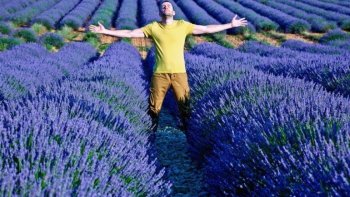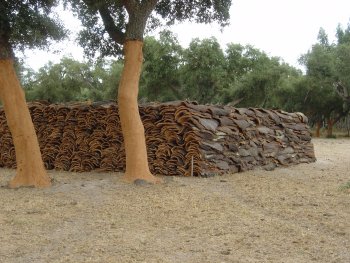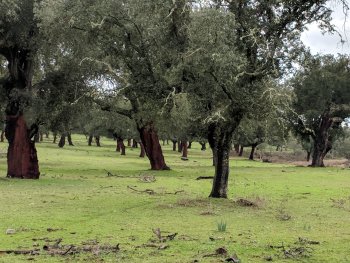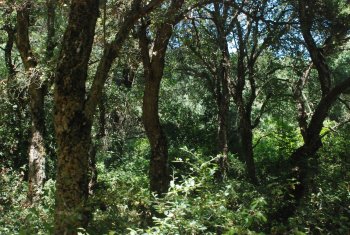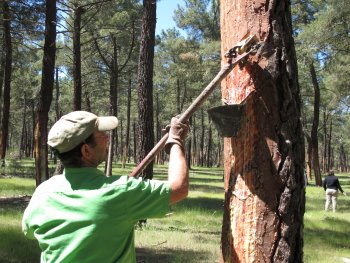Improvement and development possibilities in cultivation of aromatic and medicinal plants
In most cases, the cultivation and production of lavender in Croatia is not a permanent job, but rather small plantations that generate additional household income. A large proportion of small producers, therefore, sell raw materials or semi-finished products resulting in lower economic profits. If they were able to produce the final product and market it then the economic profit would be higher. Increasing economic profit would certainly be a good incentive to increase production, and thus growing aromatic and medicinal plants would become a core business and would no longer be a hobby or...

